Guinea pigs, also known as cavies, are delightful little herbivores that thrive on a diet rich in high-quality hay and fresh greens. The foundation of their nutrition comes from various types of grasses and legumes, each serving a unique purpose in maintaining their health. Understanding the principles of hay selection and combination is essential for any responsible guinea pig owner who wants to ensure their pet’s well-being.
One of the most critical aspects of a guinea pig’s diet is timothy hay, a staple that provides the necessary fiber for proper digestion. Unlike some other small pets, guinea pigs cannot produce their own vitamin C, which makes the inclusion of nutrient-dense greens equally important. However, hay remains the cornerstone of their diet, keeping their ever-growing teeth in check while promoting gut motility.
While timothy hay is widely recommended, meadow hay can also be a suitable alternative, offering a diverse blend of grasses that mimic the natural foraging environment of wild cavies. The variety in texture and taste keeps guinea pigs engaged, encouraging consistent consumption. Owners should look for fresh, fragrant hay with a greenish hue, as stale or dusty hay can lead to respiratory issues.
Young guinea pigs, pregnant sows, or underweight individuals may benefit from the higher protein and calcium content found in alfalfa hay. However, this type of hay should be given sparingly to adult guinea pigs, as excessive calcium can contribute to urinary tract problems. Balancing alfalfa with grass hays ensures that growing or nursing cavies receive the extra nutrients they need without overloading mature pets.
Beyond the primary hay selections, guinea pigs enjoy occasional treats like orchard grass or oat hay, which add variety to their diet. These options are lower in calcium compared to alfalfa, making them safer for regular consumption. The key is moderation—while diversity is beneficial, sudden changes in diet can upset a guinea pig’s sensitive digestive system.
Fresh greens should complement, not replace, the hay in a guinea pig’s diet. Leafy vegetables like romaine lettuce, cilantro, and bell peppers provide essential vitamins while adding moisture to their meals. However, not all greens are safe; iceberg lettuce, for instance, offers little nutritional value and can cause diarrhea. Owners must research each vegetable before introducing it to their pet’s diet.
Ultimately, the best approach to feeding guinea pigs involves a thoughtful mix of high-fiber grass hays, supplemented with appropriate greens and occasional treats. Observing a guinea pig’s eating habits and adjusting portions based on weight and health ensures they receive a balanced diet. By following these principles, owners can help their furry companions live long, happy, and healthy lives.

By /Jun 28, 2025
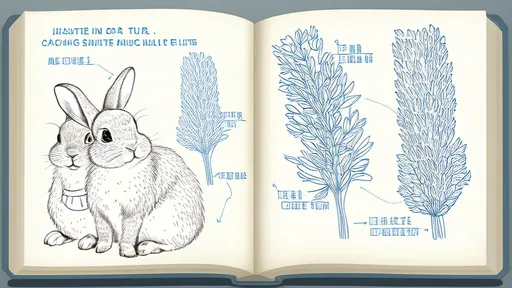
By /Jun 28, 2025

By /Jun 28, 2025
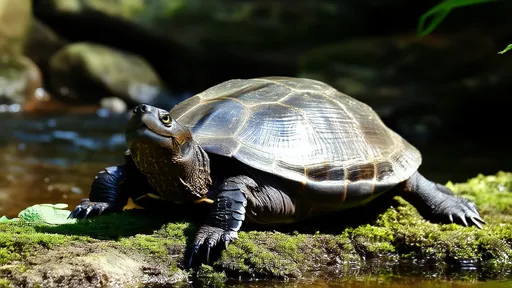
By /Jun 28, 2025
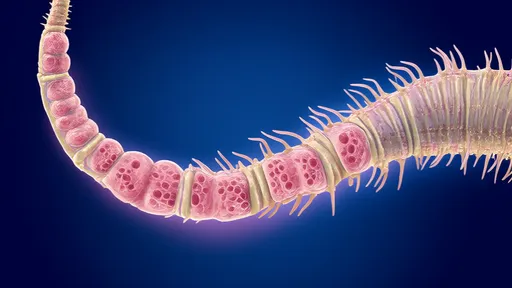
By /Jun 28, 2025

By /Jun 28, 2025
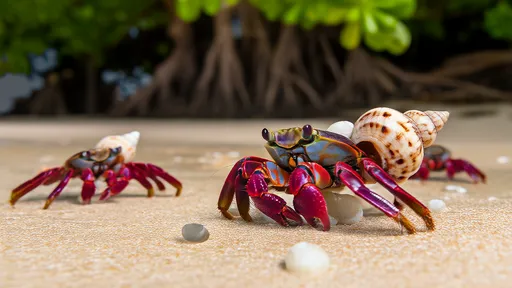
By /Jun 28, 2025

By /Jun 28, 2025
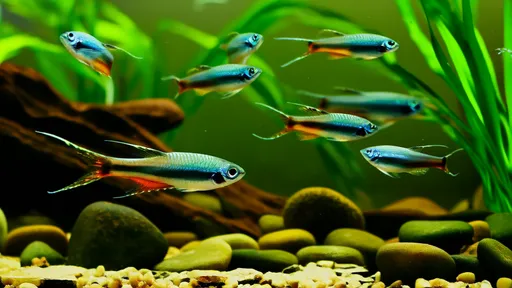
By /Jun 28, 2025
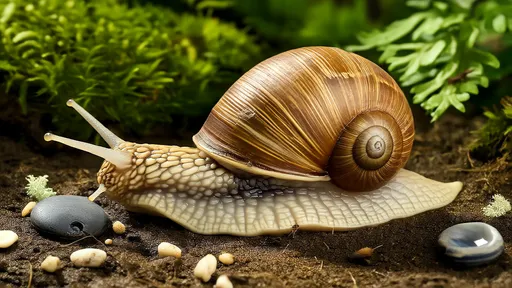
By /Jun 28, 2025
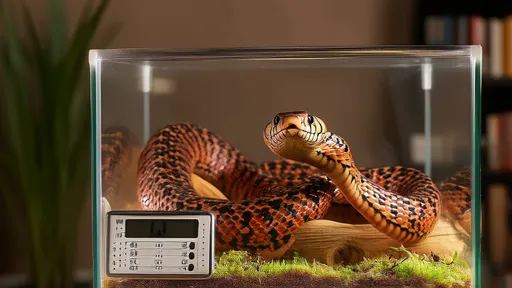
By /Jun 28, 2025
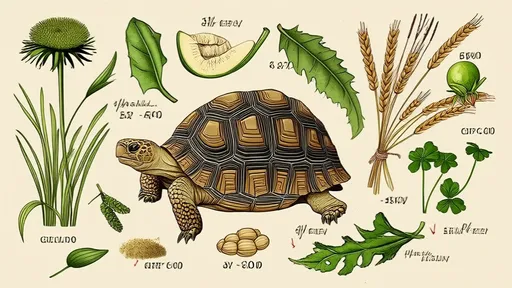
By /Jun 28, 2025
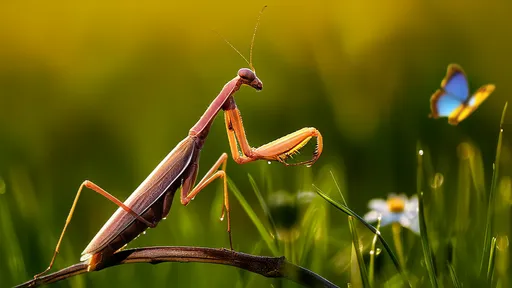
By /Jun 28, 2025

By /Jun 28, 2025

By /Jun 28, 2025

By /Jun 28, 2025